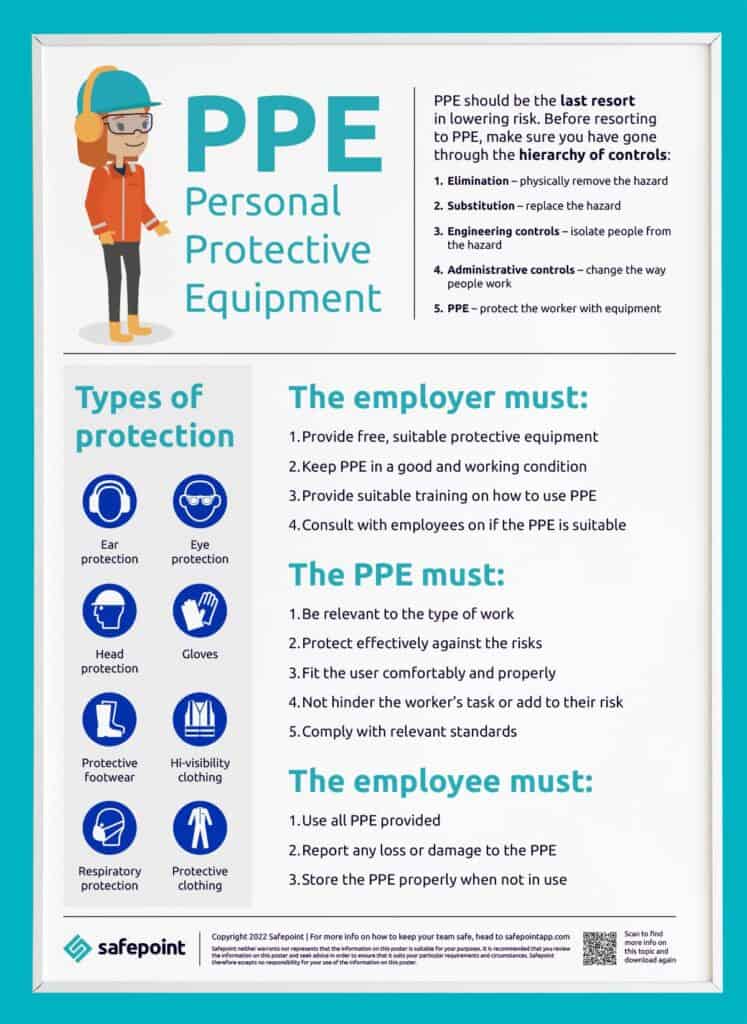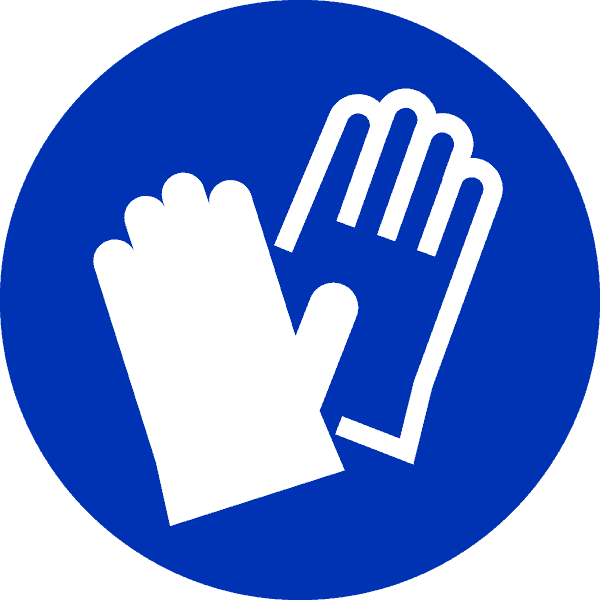
PPE (Personal Protective Equipment) is equipment provided by an employer to help protect their staff from workplace hazards. Common examples include hard hats, hi-vis jackets, gloves, harnesses, safety footwear and respiratory protective equipment (RPE).
PPE should be the last resort in lowering risk. Before resorting to PPE, employers should make sure they have gone through the entire hierarchy of controls:

An employer must:
PPE must:
An employee must:









Award-winning safety management tools and a fully accredited response team.